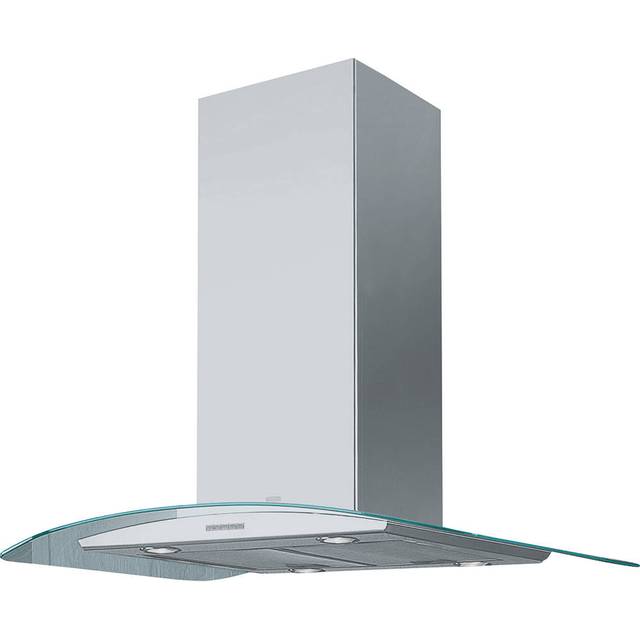Opal Card - Etsy Fundamentals Explained
Some Ideas on Opal - transportnsw.info You Need To Know

00 $2. 50 Daily Saturday and Sunday $8. 05 $4. 00 $2. 50 Weekly $50. 00 $25. 00 $17. 50 Weekly Airport, Station Access Cost $30. 16 $26. 78 $26. 78 Other key discounts consist of: A transfer discount of $2 for Adult cards and $1 for other cards when transferring between modes (halved when on half-fare discount), except in between city and train.

9% boost in 2019 (other than weekly caps which fell 20%), 2. 2% increase in 2018 and 2. 4% in 2017. The caps for Senior/Pensioner cards and the transfer discount have actually not changed in any of these years. Being a distance-based system, Opal users are needed to tap on on all modes & tap off on all modes (apart from the F1 Manly Ferryboat) to guarantee the appropriate fare is charged.

7 Easy Facts About Cubic completes Australia's Opal smart card system - METRO Explained
However, a lower default fare applies if it is not possible to reach the optimum fare on the route for which the tap on took place. The default fare will be charged after a time-out period of 5 hours from the preliminary tap on or if the user changes modes or taps on at a gated station.
Trains and, from 6 July 2020, buses and light rail vehicles, provided less expensive fares for travel throughout the off-peak. Starting a journey beyond those peak times brought in a short-lived 50% discount compared to the peak fare, going back to 30% discount rate on 5 October 2020. Peak times for all kinds of transport are 6:30 to 10:00 and 15:00 to 19:00 on weekdays other than for intercity trains where the early morning peak starts at 6:00.
3 Easy Facts About School Opal Card - Interline Bus Services Explained
Transport Officers and NSW Police, who arbitrarily patrol services, are equipped with portable card readers and cellphone based readers. This Article Is More In-Depth , journeys and transfers [edit] Fares are categorised in two methods: a journey is a single unit of travel, from tap on to tap off; a journey is a collection of at least 1 trip taken within a brief space of time of each other.
Journeys are used to compute fares. Fares for consecutive journeys involving the same mode of transport are integrated so the traveler is charged as if they have actually taken simply one trip, from its origin to supreme destination - this is referred to as Journey Advantage. Journeys involving transfers between modes usually bring in different fares for each mode.
UNDER MAINTENANCE